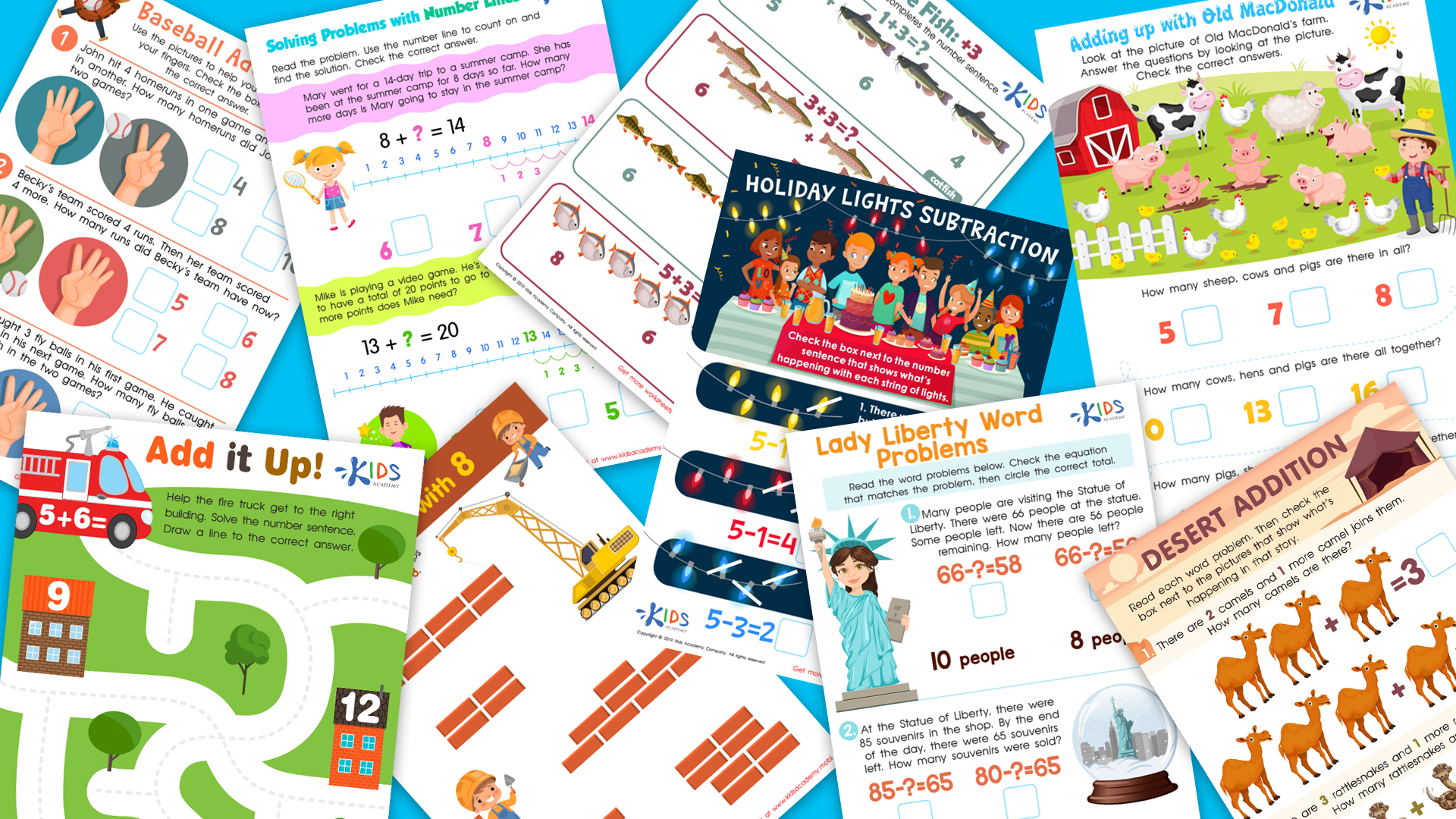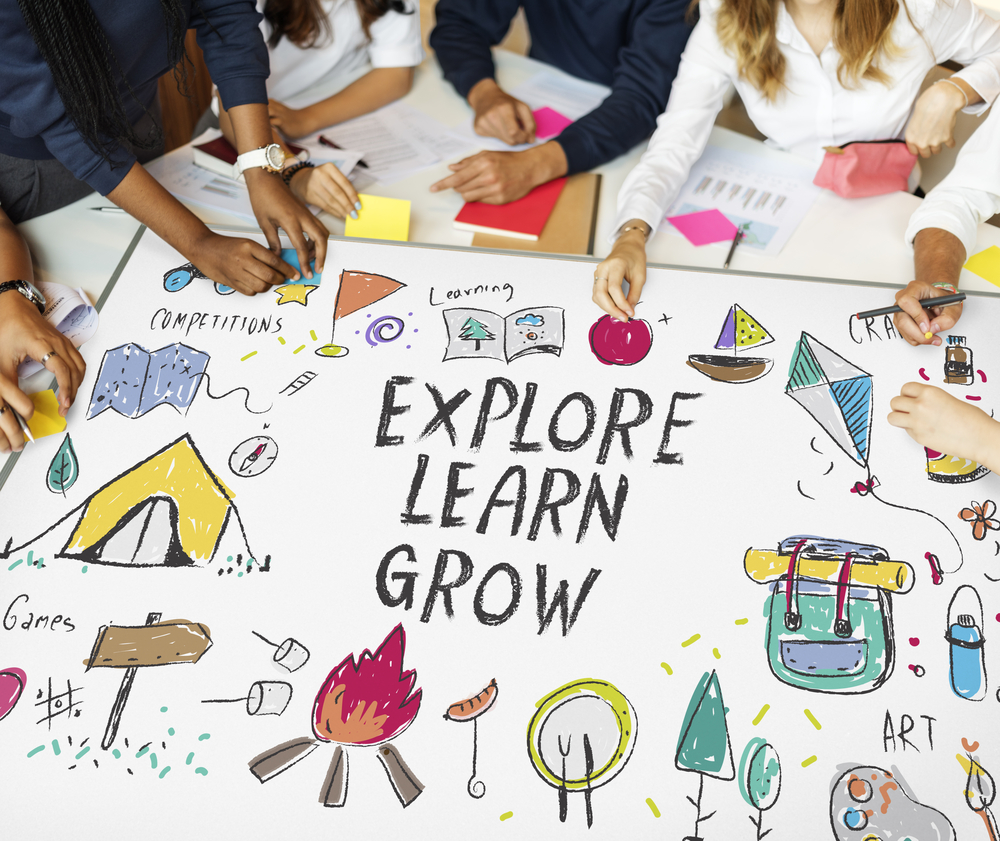Understanding life cycles Reading Worksheets for Ages 6-7
3 filtered results
-
From - To
Our "Understanding Life Cycles Reading Worksheets for Ages 6-7" are specially designed to engage young learners in exploring the natural world. These printable worksheets help children grasp the concept of life cycles through interactive reading activities and vivid illustrations. Suitable for kindergarten and first-grade students, our resources aim to enhance reading comprehension and critical thinking skills while explaining the stages of life for various plants and animals. Foster a love for science and nature in your child with our fun, educational, and easy-to-use worksheets, perfect for both homeschooling and classroom use.
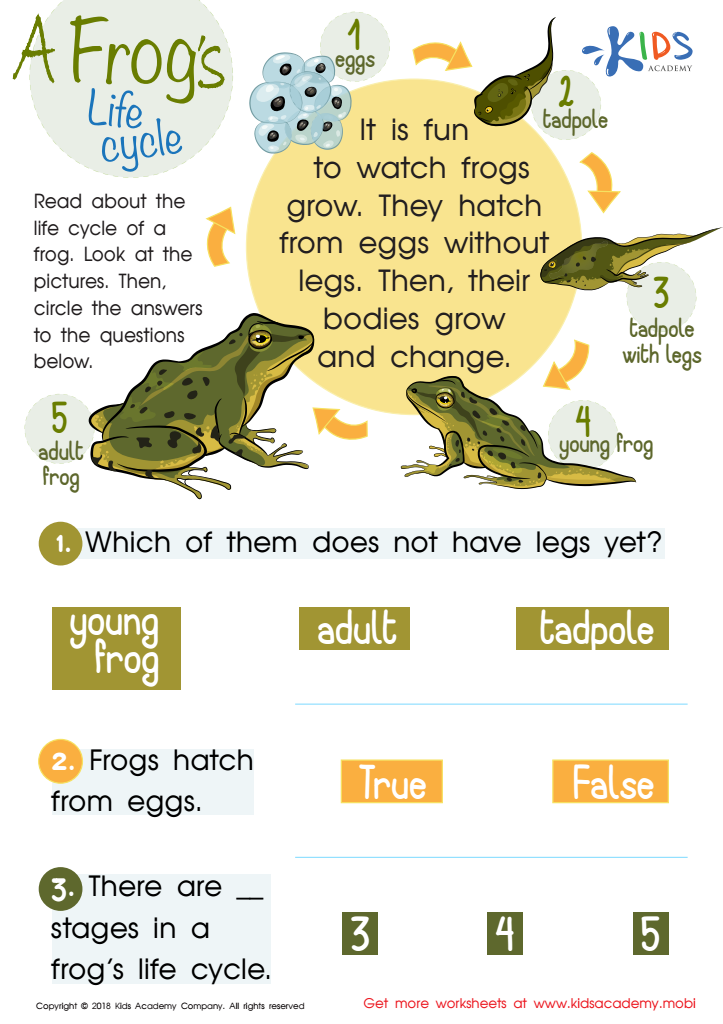

A Frog’s Life Cycle Worksheet


Life Cycle of a Frog Worksheet
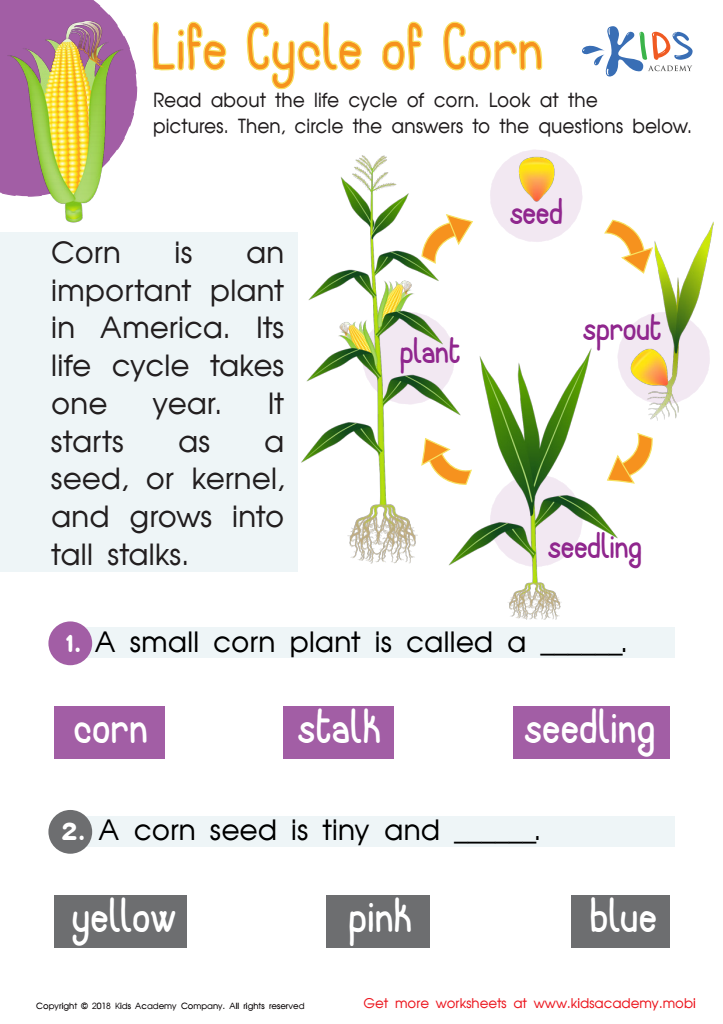

Life Cycle of Corn Worksheet
Understanding life cycles is an essential part of the educational curriculum for children ages 6-7, forming a foundation for scientific literacy and a broader understanding of the natural world. Parents and teachers should prioritize this area of learning because it nurtures curiosity about nature, encouraging children to observe and appreciate the different stages of life in plants and animals. This early exposure fosters a basic understanding of biological processes and lays the groundwork for more complex scientific concepts introduced in later years.
When young children learn about life cycles, they also develop important observational and critical thinking skills. Observing how a caterpillar transforms into a butterfly or a seed grows into a plant captivates their imagination and instills a sense of wonder and respect for living things. Additionally, understanding life cycles provides children with a framework to comprehend the impact of environmental changes and human activity on ecosystems, promoting sustainable thinking even at a young age.
Furthermore, integrating life cycle teachings in reading activities enhances literacy skills by introducing scientific vocabulary in an engaging context. Stories and informational texts about life cycles can expand vocabulary and comprehension abilities more effectively than isolated drills. Overall, understanding life cycles is crucial not only for academic growth but for cultivating a responsible and informed generation of nature stewards.

 Assign to My Students
Assign to My Students




